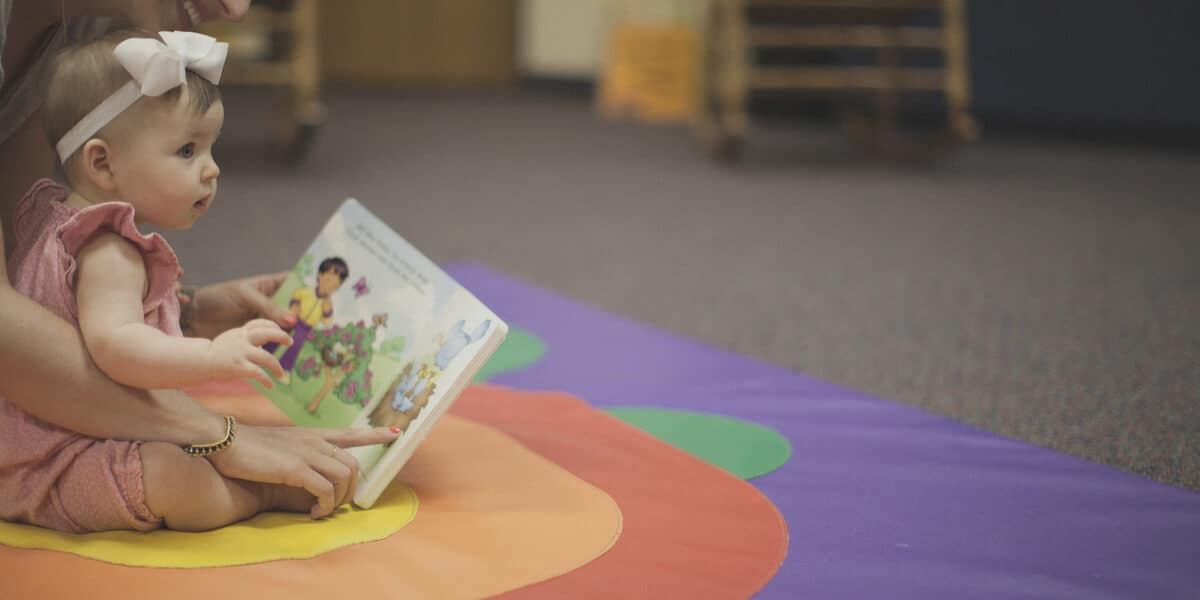Child safety encompasses more than strict adherence to policy and procedures. It also involves creating an environment that prioritizes communication and transparency, where kids feel safe and included.
- Create a Supportive Atmosphere
Start your time by consistently gathering together. This will help you assess the children, set the tone for yourself and your students, create trust, promote collaboration, and help kids feel important.
- Respect Differences
Families are unique and come in all colors, shapes, and sizes, so providing them with a sense of belonging is important. Offer books, learning materials, projects, or posters that include diversity or highlight information about underrepresented cultures.
- Allow for Personal Space
To feel safe, some children need space. This doesn’t necessarily mean they don’t want to participate. They may be more introverted, shy, or unsure. It’s hard to know the environments kids come from, and time in your care may be the respite they need.
- Smile – A Lot
It’s a simple act we rarely think about in the day-to-day hustle. Yet, it’s powerful, sends a message, helps improve our health, positively affects those around you, generates warmth, and encourages others to engage.
- Incorporate Music
There are so many benefits that music provides to a children’s program or classroom. Strategically incorporating it into your routine will help reduce anxiety, and stress, create a good first impression, and improve focus.
- Build Trust
Trust is an essential building block for strong, long-term engagement with families and is the key to developing a loyal community. Building trust can be done by being honest, communicating effectively, offering helpful guidance, and showing that you care. Families value when someone they depend on is transparent, reliable, and welcomes constructive criticism.
- Ask for Feedback
Gaining feedback is a vital part of building trust and engaging families. Leverage technology when asking for input, and don’t miss the opportunity to capture how families feel about issues, services, or day-to-day processes. An annual family survey gives families a chance to be heard and you the opportunity to understand what is working and what’s not.
- Establish a Check-In & Out Process
Children’s check-in is about much more than attendance tracking. It is often referred to as the front door to your organization and has a huge impact on a new family’s decision to return. Whether using pen & paper or an electronic solution, secure children’s check-in will help strengthen child safety, increase data accessibility, and connect you with families.
- Communicate Often
Clear, consistent communication can be transformative for an organization both in the short- and long-term. However, developing better communication skills can be difficult when your to-do list constantly grows. As a leader, focus on sending or scheduling brief and concise updates that draw your audience’s attention, highlight action, ask for involvement, or call out a specific safety policy.
- Commit to Screening Candidates
You can work hard to include the other tips and offer a supportive and inclusive environment, but if you are unaware of whom you give direct access to kids, you will undoubtedly encounter an unfortunate incident. Screening prevents bad behavior, provides higher quality volunteers, and protects families, staff, and the organization.
- No Bully Zone
Bullying comes in many forms: physical, cultural, verbal, emotional, sexual, and cyberbullying. Nationwide, 20 percent of kids ages 12-18 experience some type of bullying. By having a zero-tolerance policy for bullying, you will foster an environment that encourages transparency, prioritizes communication, and empowers kids to respect and support each other.
Angela Lewton is the child protection specialist for KidCheck, which provides secure children’s check-in systems, www.kidcheck.com.






